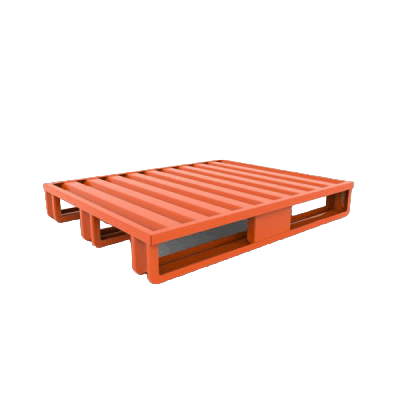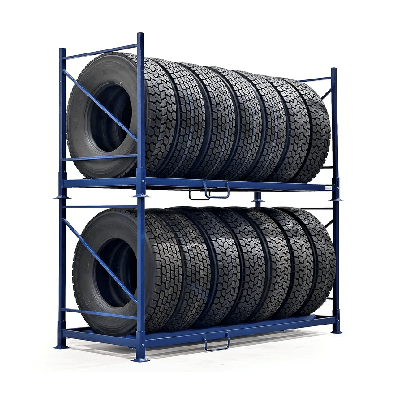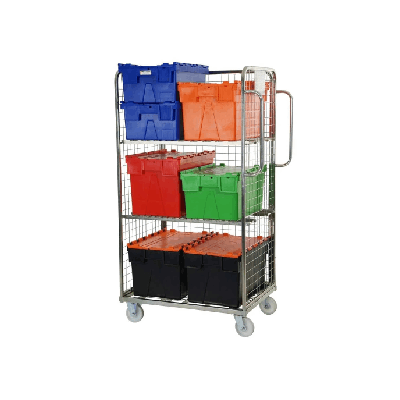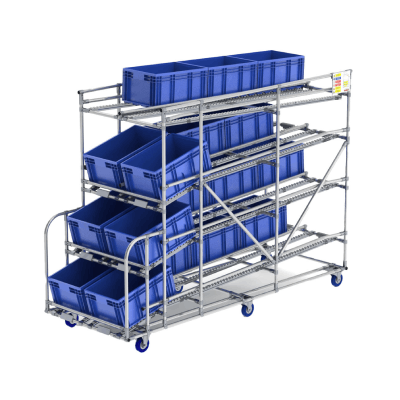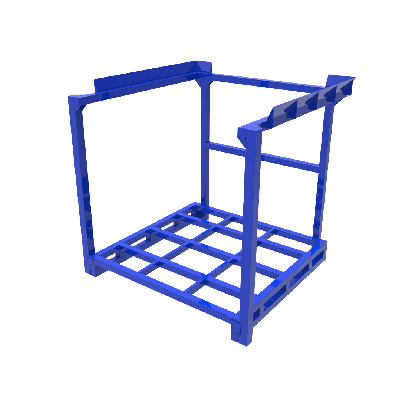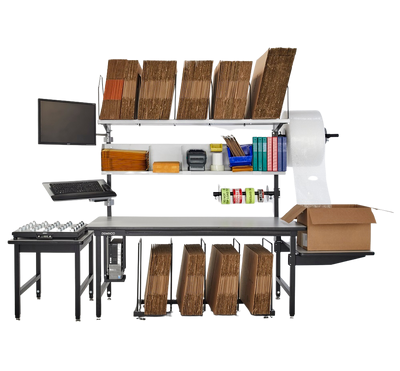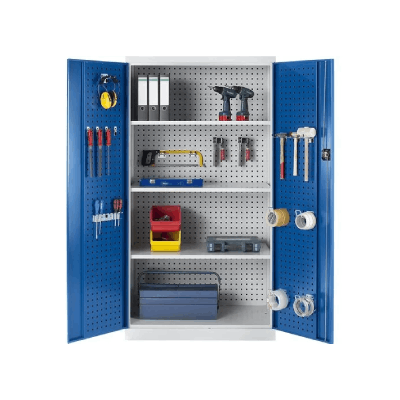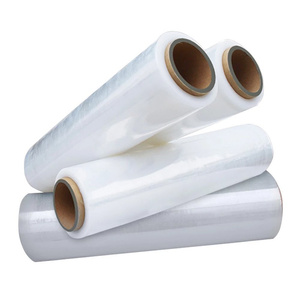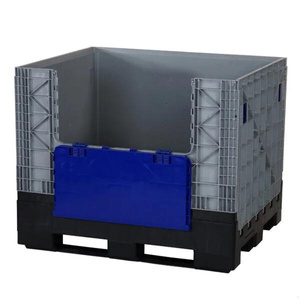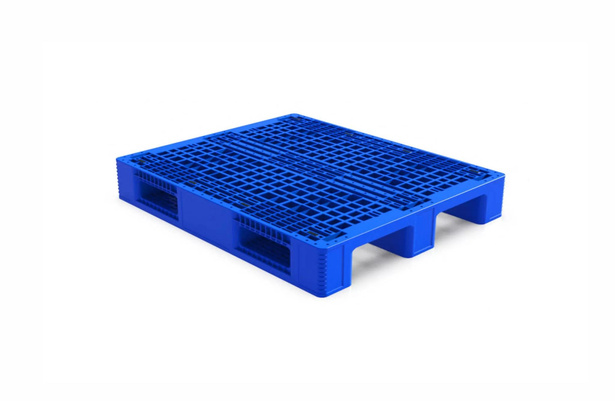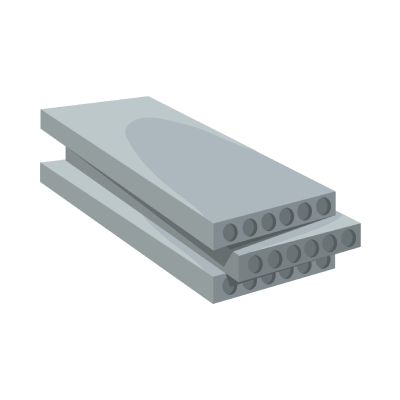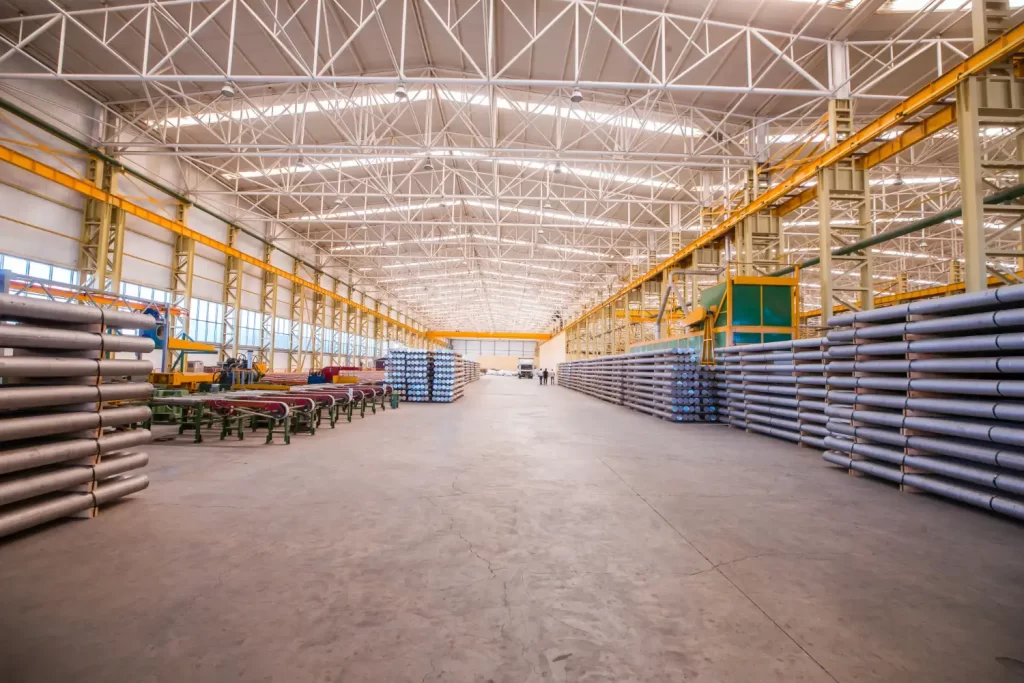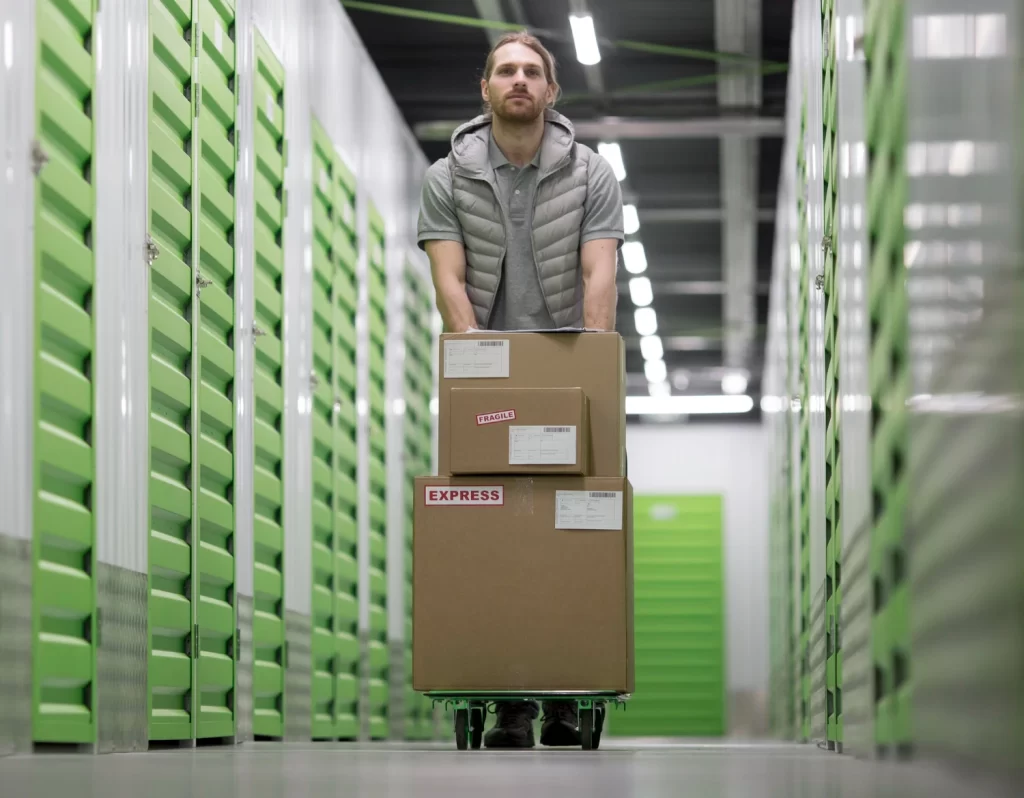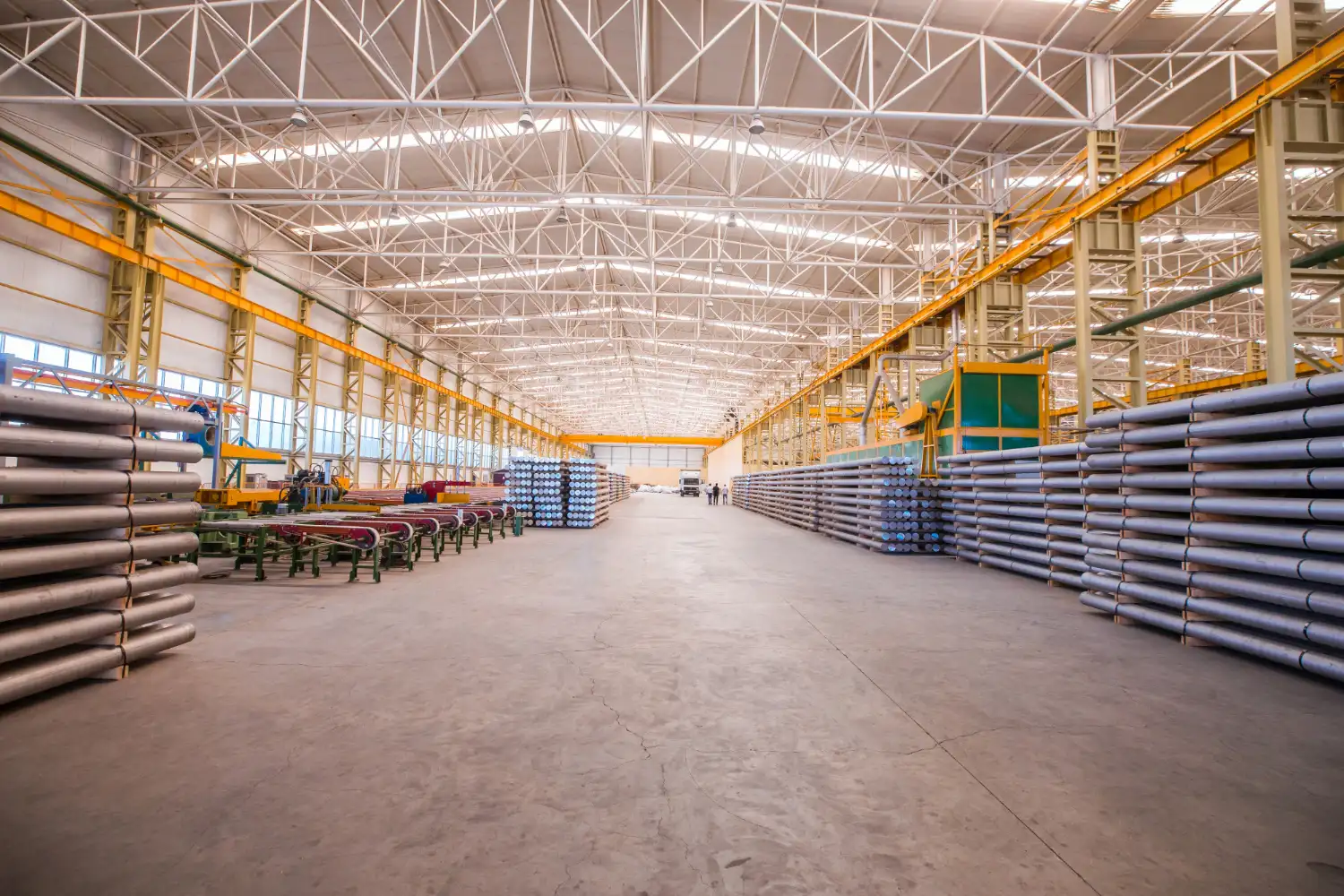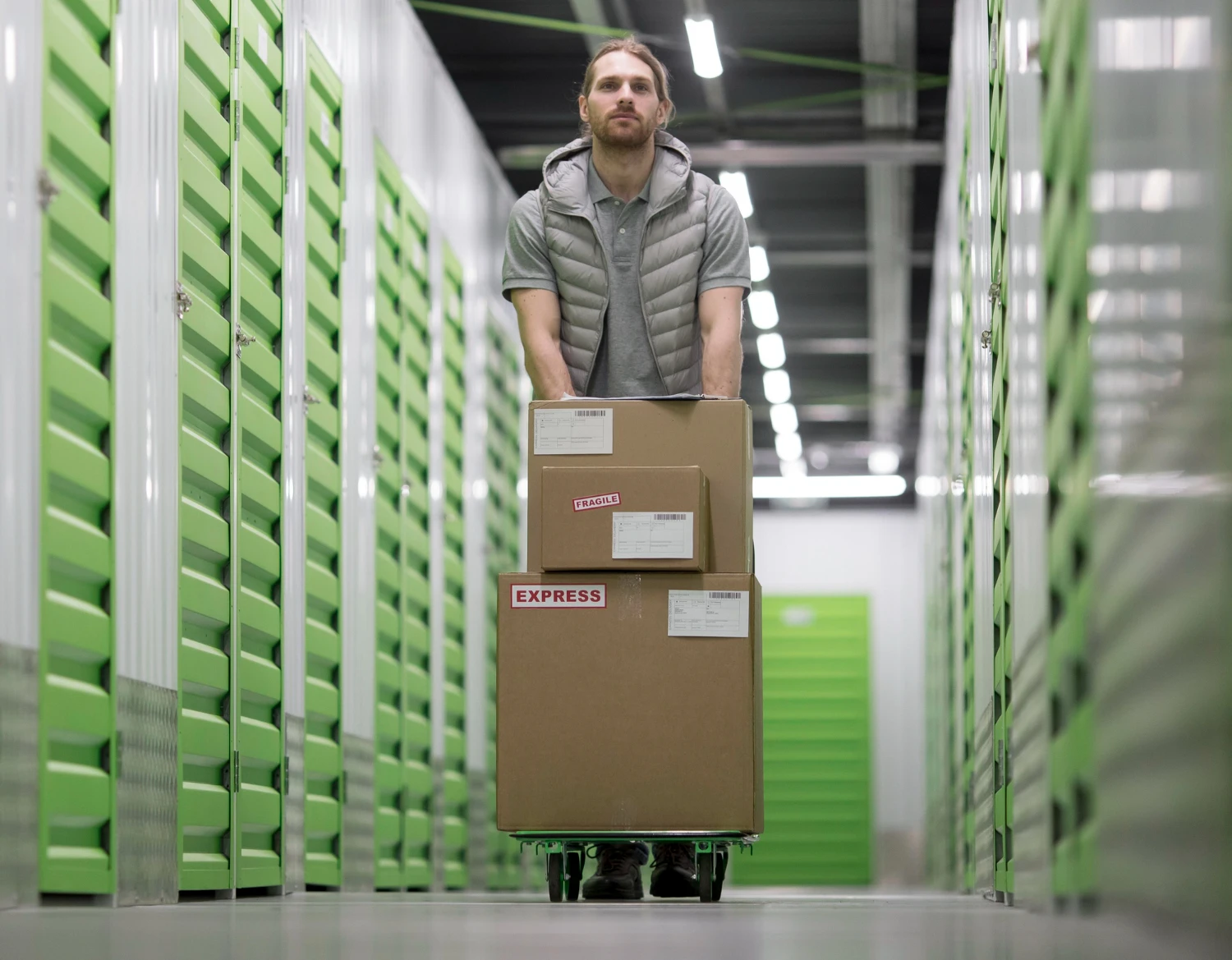In the world of storage and logistics, efficiency and cost-effectiveness reign supreme. As industries evolve and adapt to meet the demands of a rapidly changing market, the search for innovative solutions intensifies. One such innovation that has been gaining traction is the utilization of stillage—a system proving to be a cheaper and more flexible alternative to traditional racking systems.
Traditionally, warehouses and storage facilities have relied on conventional racking systems, which typically consist of fixed, structured frameworks. While these systems serve their purpose adequately, they come with limitations that can hinder adaptability and cost efficiency. Enter stillage—a versatile and cost-effective solution that is challenging the status quo.
So, what makes stillage stand out? Let’s delve into its advantages:
Table of Contents
ToggleCost-Effectiveness
One of the most compelling reasons for the increasing popularity of stillage is its cost-effectiveness. Unlike conventional racking systems, which often require significant initial investment and ongoing maintenance costs, stillage offers a more budget-friendly alternative. Its simple design and construction result in lower manufacturing expenses, making it an attractive option for businesses aiming to optimize their storage solutions without breaking the bank.
Flexibility and Customization
Stillage boasts remarkable flexibility and customization options. Unlike rigid racking systems, stillage can be easily modified and tailored to specific storage needs. Its modular design allows for adjustments in size, shape, and configuration, enabling businesses to maximize storage space efficiently. Additionally, stillage can be disassembled and reconfigured as needed, offering unparalleled adaptability in changing operational environments.
Space Optimization
Efficient space utilization is crucial in any storage facility. Stillage excels in this aspect by providing optimal space utilization. Its stackable nature allows for vertical storage, effectively utilizing height and minimizing floor space consumption. This capability is particularly advantageous in warehouses with limited square footage, enabling them to store more goods without expanding the physical footprint.
Durability and Sustainability
Stillage is engineered to be durable and long-lasting. Constructed from robust materials such as steel or aluminum, it offers enhanced strength and resilience compared to some conventional racking systems. Moreover, its durability contributes to sustainability efforts by reducing the need for frequent replacements, thereby minimizing environmental impact.
Versatility in Applications
Another noteworthy advantage of stillage is its versatility in various industries. Whether in automotive, agriculture, retail, or manufacturing, stillage proves to be adaptable across diverse sectors. Its ability to accommodate different types of goods—ranging from raw materials to finished products—makes it a versatile solution for businesses with varied storage requirements.
Conclusion
In conclusion, the evolution of storage solutions has led to the emergence of stillage—a cost-effective, flexible, and adaptable alternative to conventional racking systems. Its ability to optimize space, reduce costs, and offer customization options makes it an appealing choice for businesses striving for efficiency and versatility in their storage operations.
As industries continue to evolve and adapt, the versatility and advantages of stillage position it as a compelling solution for the ever-changing demands of modern-day storage and logistics. Embracing this innovative system could be the key to unlocking greater efficiency and cost savings for businesses worldwide.

